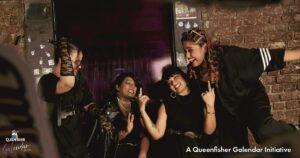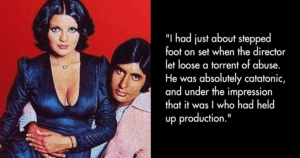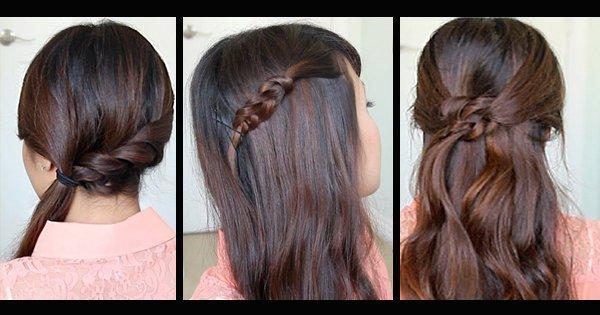Urinary incontinence or bladder incontinence is a common and often embarrassing problem. The severity ranges from occasionally leaking urine when you cough or sneeze to having an urge to urinate that’s so sudden and strong you don’t get to a toilet in time. Though it occurs more often as people get older, urinary incontinence is not an inevitable consequence of aging. Scroll down to find out the different types of urinary incontinence and its symptoms.
Stress Incontinence
Symptoms of low bladder control in this case include urine leaks due to pressure caused by coughing, sneezing, laughing, exercising or lifting something heavy.

Functional Incontinenc
Symptoms of low bladder control in this case include physical or mental impairment that keeps one from making it to the toilet in time. For example, severe arthritis may not let a person unbutton his pants quickly enough.

Overflow Incontinence
Symptoms of low bladder control in this case include frequent or constant dribbling of urine due to a bladder that doesn’t empty completely.

Urge Incontinence
Symptoms of low bladder control in this case include sudden, intense urge to urinate followed by an involuntary loss of urine, and the need to urinate often, including throughout the night.

Please remember, if incontinence is frequent or is affecting your quality of life, seek medical advice because urinary incontinence can often indicate more serious underlying conditions.

















